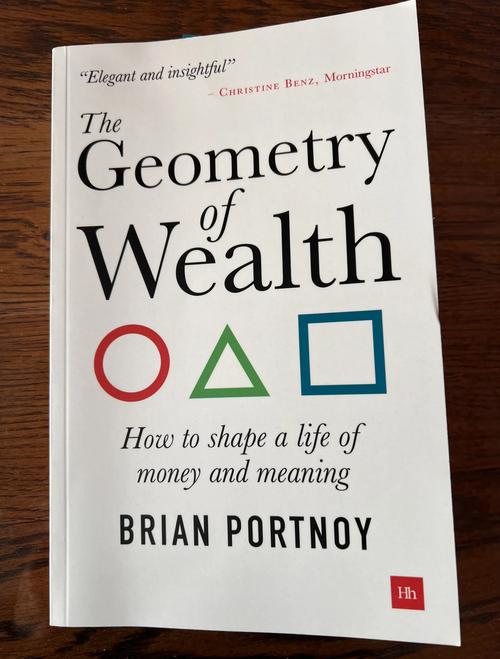Understanding Your Financial Goals
Before diving into the world of investing, it’s crucial to have a clear understanding of your financial goals. Are you looking for short-term gains, long-term growth, or a mix of both? Your goals will significantly influence the type of investments you should consider.
Assessing Your Risk Tolerance
Your risk tolerance is a critical factor in determining the best investment strategy for you. If you’re risk-averse, you might prefer low-risk investments like bonds or certificates of deposit. On the other hand, if you’re comfortable with higher risk, you might consider stocks, real estate, or other potentially high-return investments.

Building a Diversified Portfolio
Diversification is key to managing risk and maximizing returns. A well-diversified portfolio includes a mix of different asset classes, such as stocks, bonds, real estate, and commodities. This approach helps to reduce the impact of any single investment’s performance on your overall portfolio.
Investing in Stocks
Stocks are shares of ownership in a company. They can offer high returns, but they also come with higher risk. To invest in stocks, you can open a brokerage account and buy shares of individual companies or invest in a mutual fund or exchange-traded fund (ETF) that holds a basket of stocks.
| Investment Type | Pros | Cons |
|---|---|---|
| Individual Stocks | High potential returns, direct ownership | Higher risk, requires research |
| Stock Mutual Funds | Professional management, diversification | Higher fees, less control |
| Stock ETFs | Low fees, tax-efficient, diversification | May have higher turnover |
Investing in Bonds
Bonds are debt instruments issued by governments, municipalities, and corporations. They typically offer lower returns than stocks but are considered less risky. When you buy a bond, you’re lending money to the issuer in exchange for regular interest payments and the return of your principal at maturity.
Investing in Real Estate
Real estate investing can provide a steady stream of income through rental properties or capital gains when selling properties. It’s a long-term investment that requires significant capital and can be subject to market fluctuations.
Investing in Commodities
Commodities, such as gold, oil, and agricultural products, can be a good way to diversify your portfolio and protect against inflation. They can be traded through futures contracts, options, or exchange-traded funds (ETFs).
Investing in Dividend Stocks
Dividend stocks are shares of companies that pay regular dividends to their shareholders. These stocks can provide a steady income stream and can be a good way to grow your wealth over time.
Investing in Index Funds
Index funds are mutual funds or ETFs that track a specific market index, such as the S&P 500. They offer diversification, low fees, and professional management, making them a popular choice for investors.
Investing in Peer-to-Peer Lending
Peer-to-peer lending platforms allow you to lend money to individuals or small businesses in exchange for interest payments. This can be a way to earn higher returns than traditional savings accounts but also comes with higher risk.
Investing in Cryptocurrencies
Cryptocurrencies, such as Bitcoin and Ethereum, are digital assets that can be bought, sold, and exchanged. They offer high potential returns but also come with significant risk and volatility.
Investing in International Markets
Investing in international markets can provide diversification and potentially higher returns. However, it also comes with additional risks, such as currency fluctuations and political instability.
Investing in Retirement Accounts
Retirement accounts, such as IRAs and 401(k)s, offer tax advantages and can be a great way to save for retirement. Consider investing in a mix of stocks, bonds, and other assets to balance risk and return.
Investing in Education and Yourself
Investing




